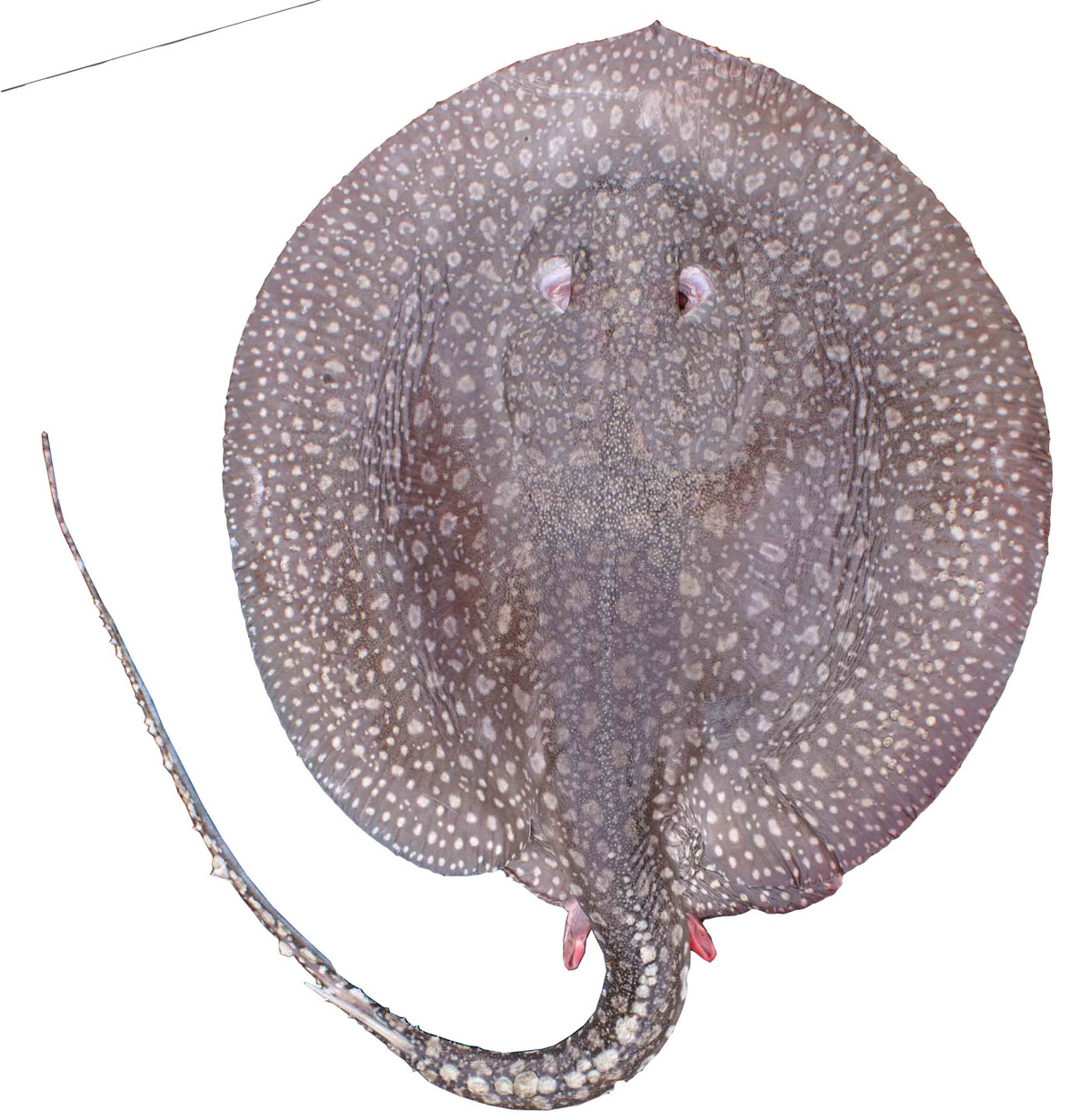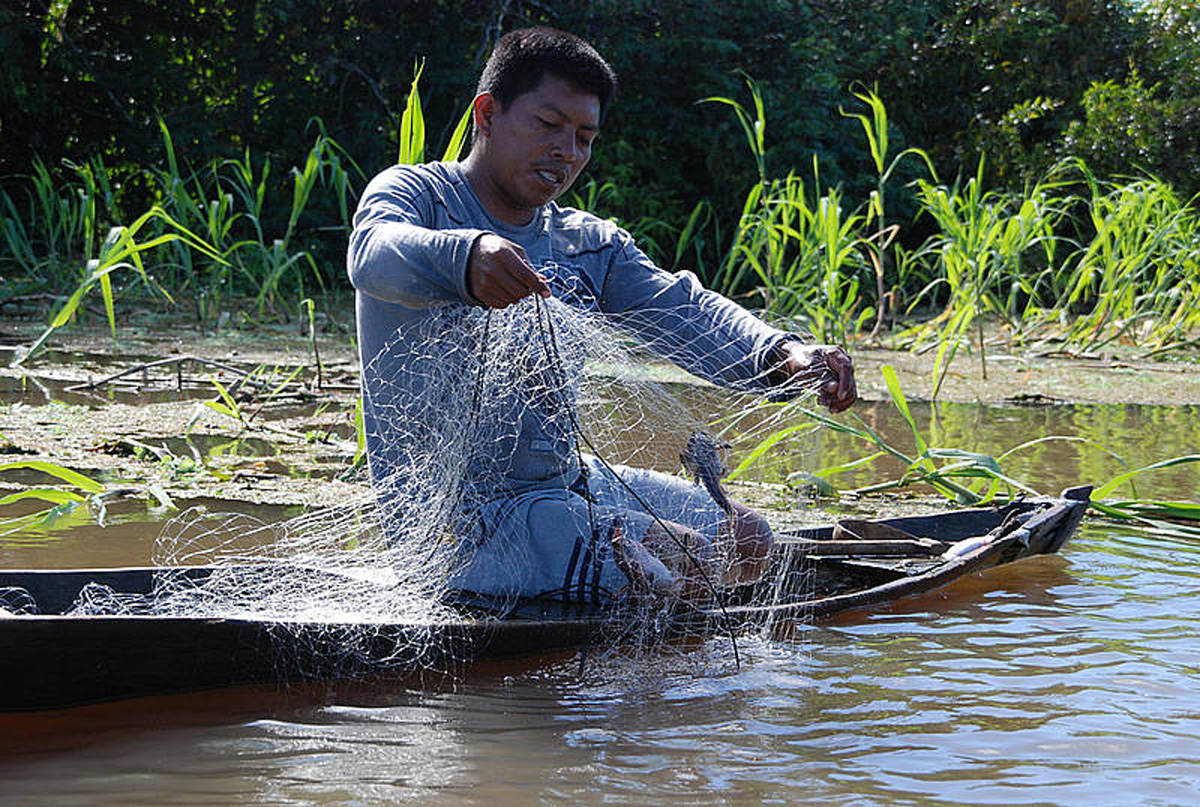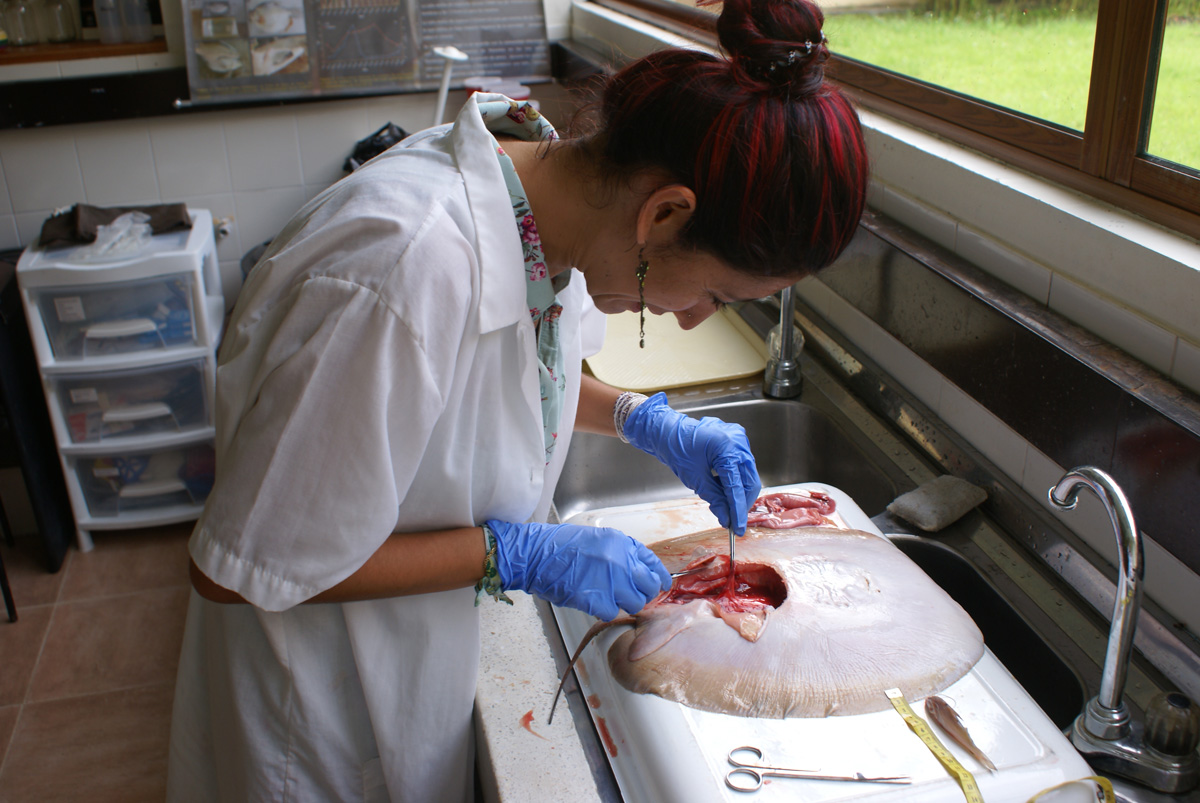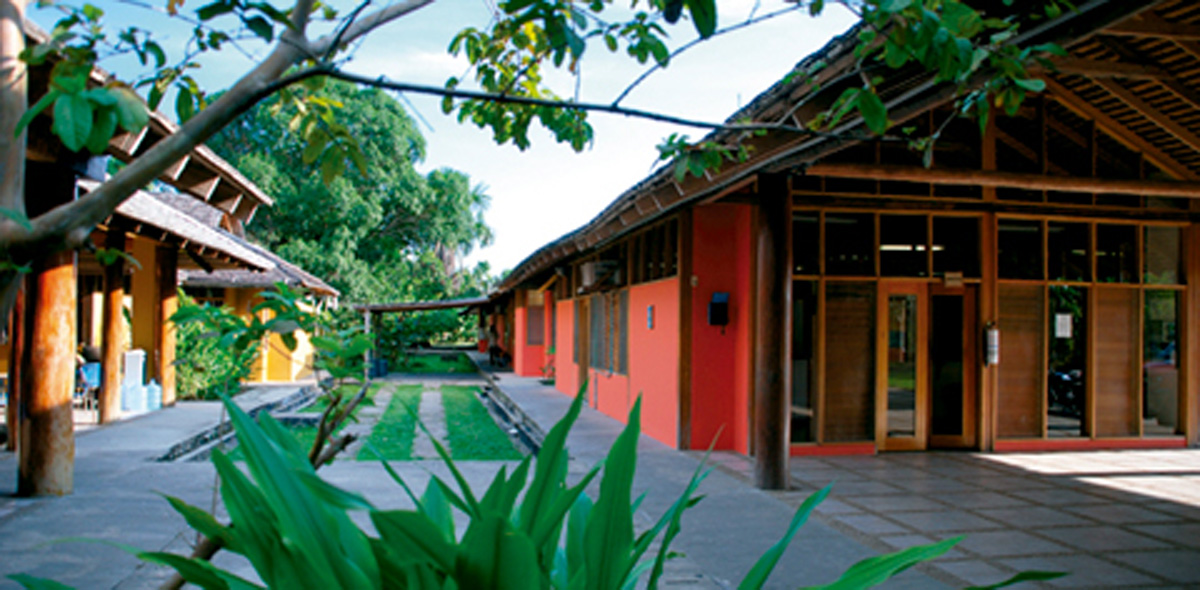This is the first research project carried out on this species in said river, specifically between the areas of Leticia and Puerto Nariño.
Astrid Acosta, Amazon Studies master"s candidate and Amazonian Scientific Research Institute (SINCHI, for its Spanish acronym) researcher is in charge of bioecology research (origin, evolution and properties).
"Freshwater rays in the Colombian Amazon have been, up to now marginally researched. Up to 2010 for instance, there were only six species marketed as ornamental in local and international markets. Their export levels do not surpass 0.2% in fishing statistics, besides they are very valued and their cost surpasses fish such as arowanas, tetras and corydoras, among others," said Acosta.
Before the beginning of the research project there were only two known genera of rays (Paratrygon and Potamotrygon) and six species in the Amazon River area between Leticia and Puerto Nariño.
One of the preliminary results carried out by Acosta which is 60% complete is enlarging the area of distribution of both Heliotrygon and Plesiotrygon genera, included in the Potamotrygonidae family or freshwater rays as well as four other species.
"These are valuable results regarding fish knowledge not only for the Amazon but also for the country," she said.
Regarding the social aspect, within the project they performed research regarding the uses provided by the locals and the byproducts obtained from rays.
This project opens the door to UNal-Amazon and SINCHI to continue performing research projects with this group of fish. Besides of the great information being provided, it places the campus in a good position with respect to other institutions because it is a topic which elicits interest at a national level.
 Correo Electrónico
Correo Electrónico
 DNINFOA - SIA
DNINFOA - SIA
 Bibliotecas
Bibliotecas
 Convocatorias
Convocatorias
 Identidad UNAL
Identidad UNAL








